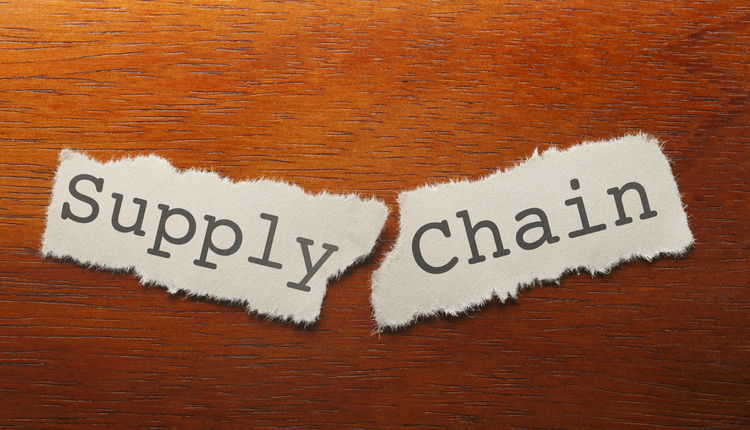FedEx’s and UPS's hub and spoke method might soon be a thing of the past as e-commerce growth drives last-mile deliveries closer to the customer.
As described by UPS on its website, the hub and spoke method is the consolidation of transportation assets through "hub" locations that connect to and from multiple "spokes," or destinations, along the network.
A 2014 article from a trade magazine, Inbound Logistics, perhaps described the hub and spoke method best. Transportation providers pick up cargo from its point of origin, described as the spokes' tips, and transport the cargo back to a central processing facility, the hub. The shipment is then either warehoused or distributed directly from the heart of the network.
The hub and spoke method accounts for 99% of all deliveries worldwide. Many shipping companies have adopted this method to speed up deliveries and reduce costs.
However, a significant drawback to hub and spoke is that it is not very flexible. Other deliveries determine delivery times within the network and on a delivery route. But, in an e-commerce and omnichannel world, one needs to be flexible and fast.
According to Tom Allason, founder and former CEO of fulfillment and last-mile provider and former eBay subsidiary, Shutl, hub and spoke is the dominant logistics model because it is the only cost-effective way of sending a package over 10 miles.
But to be fast, flexible, and cost-effective, retailers need to think differently when it comes to the last-mile network.
Retailers such as Target, Walmart, and The Home Depot have realized that their brick-and-mortar footprint can be used to help fulfill online orders. If a customer who lives two miles from a store places an order for an item in that store's inventory, why ship it from an e-commerce fulfillment center hundreds of miles away? Why not ship it from the store?
Also, many of these stores are closer to the customer; thus, utilizing a local delivery company would be more cost-effective than using FedEx or UPS.
As more retailers shift their focus more on e-commerce and omnichannel, last-mile strategies will need to go beyond the use of a hub and spoke strategy that FedEx and UPS utilize.
Instead, retailers will also need to incorporate a point-to-point strategy into their last-mile strategy to meet the next-day and same-day delivery demands. Unlike the hub and spoke strategy in which FedEx and UPS dominate, the point to point strategy is highly fragmented with thousands of local and regional operators.
Retailers are adding more and more of these local and regional operators to their list of last-mile providers to ensure capacity and serve consumers' preference for speedy delivery times.
Third-party logistics providers (3PLs), such as SEKO Logistics and Geodis, incorporate these local and regional operators along with the USPS, FedEx, and UPS, building out last-mile networks for their customers. Fulfillment technology and provider companies such as ShipBob are doing the same with their customers as well.
These alternative last-mile options are being developed not necessarily to compete with FedEx and UPS but to provide additional options for retailers and other businesses for faster deliveries in urban locations such as Los Angeles, Dallas, New York, and Chicago, and, in a lot of cases, at lower shipping rates than what FedEx or UPS would charge them.
These alternative last-mile networks are also being developed for additional capacity needs if FedEx, UPS, or the USPS cannot accept specific amounts of volumes due to capacity limits or restrictions.
Hub and spoke may not necessarily be dead as many analysts have proclaimed, but instead, it's now just part of the last-mile strategy for retailers. Retailers need to think beyond this traditional method and incorporate the point-to-point method into their last-mile strategy as well.
3PLs and other supply chain providers have noticed this need due to the growth in e-commerce and omnichannel and are building out alternative last-mile networks for their customers that incorporate both strategies.
John Haber is Founder & CEO of Spend Management Experts. Contact solutions@spendmgmt.com for more information.
This article originally appeared in the May/June, 2021 issue of PARCEL.

















